CELLULAR MOBILE TEL. SYSTEMS INSTALLATION GUIDELINES

MODELS AFFECTED: 1981-1985 CADILLACS WITH DIGITAL FUEL INJECTION
The following are general guidelines for installing the new cellular telephones available in some areas, into Cadillac vehicles equipped with Digital Fuel Injection. These guidelines are provided so that dealers can communicate this information to local mobile telephone installers when necessary. It is not Cadillac's recommendation that dealers attempt modifications of currently installed phones, but rather that this information be used by mobile phone installers when installing or diagnosing their system in Cadillac vehicles.
1. Transmitter location:
Locate the transmitter in the trunk, preferably to one side as convenient.
2. Antenna location:
The antenna should be either the permanent mount type located in the center of the rear deck lid and having an effective ground connection or the new design glass mount attached to the rear window.
3. Wiring:
The connections required for most radio telephone installations are:
A. battery and ground for the transmitter, B. battery for the handset, C. the antenna lead-in, D. a multiconductor signal cable between the handset and the transmitter. E. To prevent possible damage to the system and wiring. The power connections should be fuse protected. Most available systems provide this protection in the wiring.
Some installations are made with a tie to ignition as a signal only (as opposed to a power feed).
A. Connection Locations:
1. Battery, ground, handset battery:
The positive battery connection should be made to the battery junction block. The power feed should be #16 AWG wire or larger. The negative connection should be made at the negative battery cable jumper lead ground connection.
Neither connection should be made at the battery cable to battery connection.
2. Ignition:
When requiring the ignition signal (as opposed to a Power Feed), use the ignition 3 circuit with a terminal so labeled on the left under dash fuse block. A sketch of fuse block is located in the Owner's Manual.
B. Line Routing:
The power leads should be brought through the RH grommet and run through the conduit under the RH door sills, under the rear seat, and into the trunk through the rear bulkhead. Attempt to maintain distance between the power leads and sensitive electronics (pressure sensors and Electronic Control Module/Body Computer Module) located in the right side of the dash.
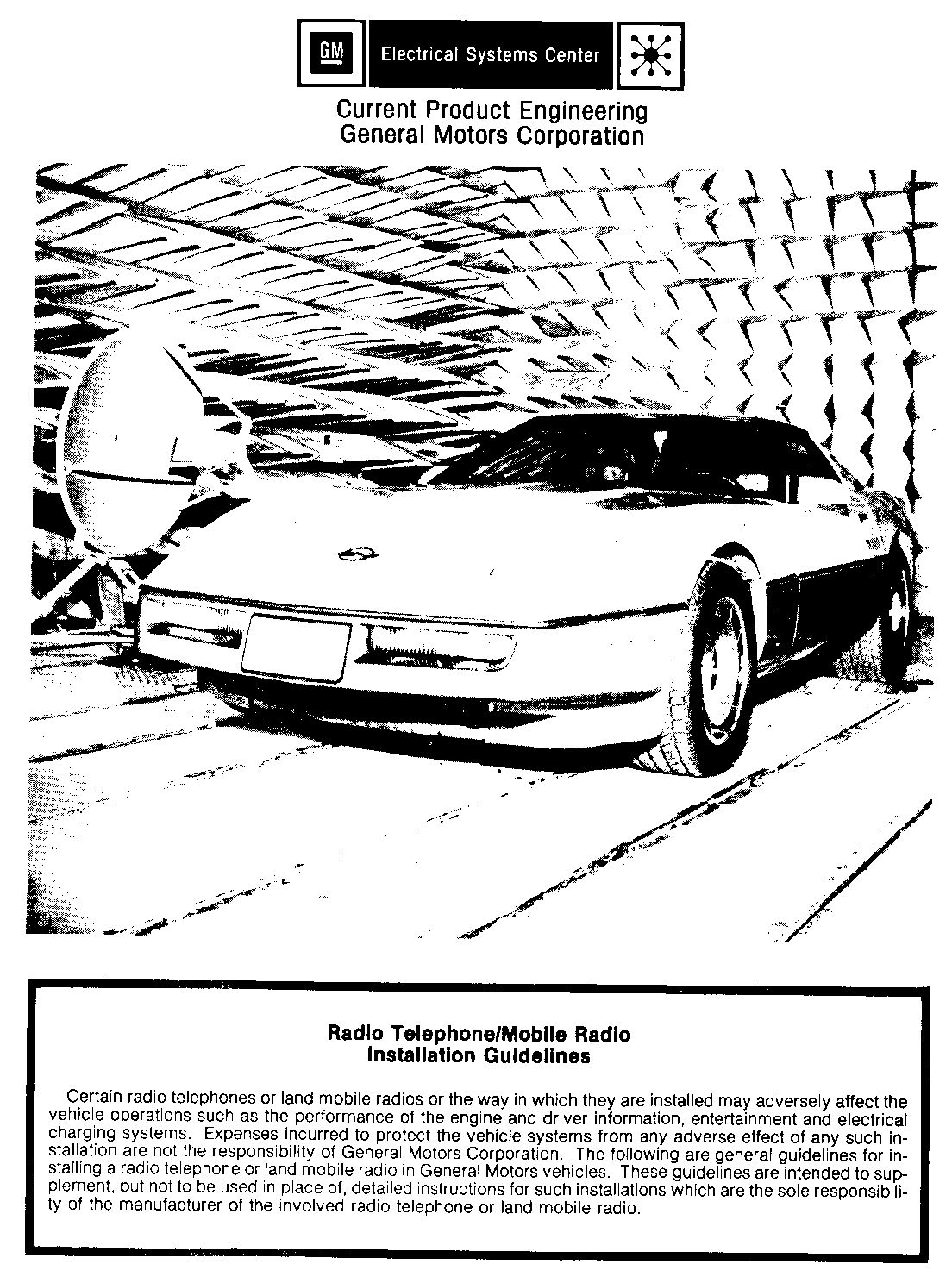
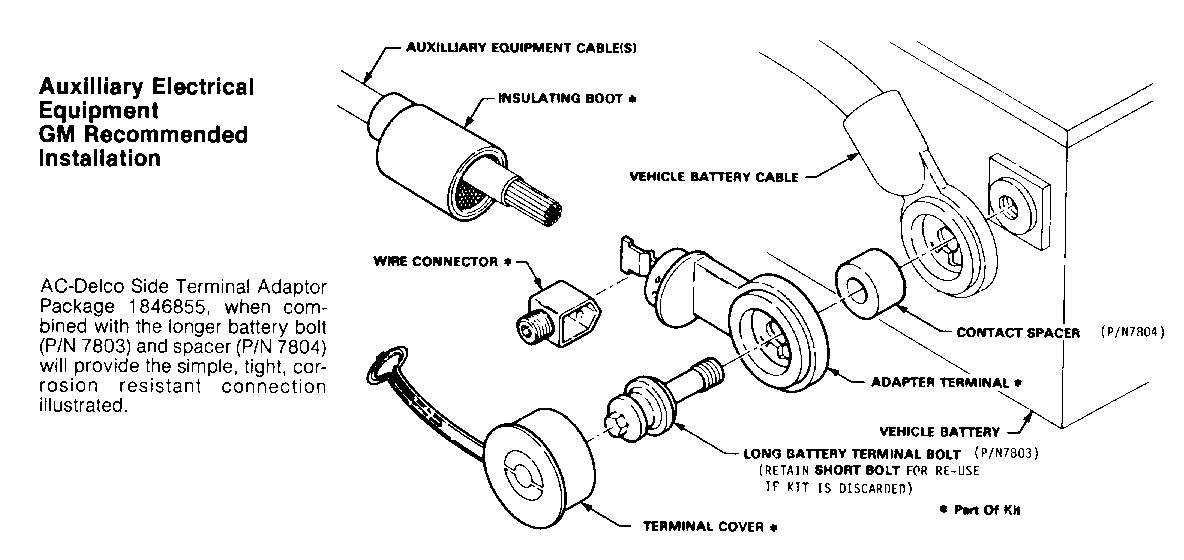
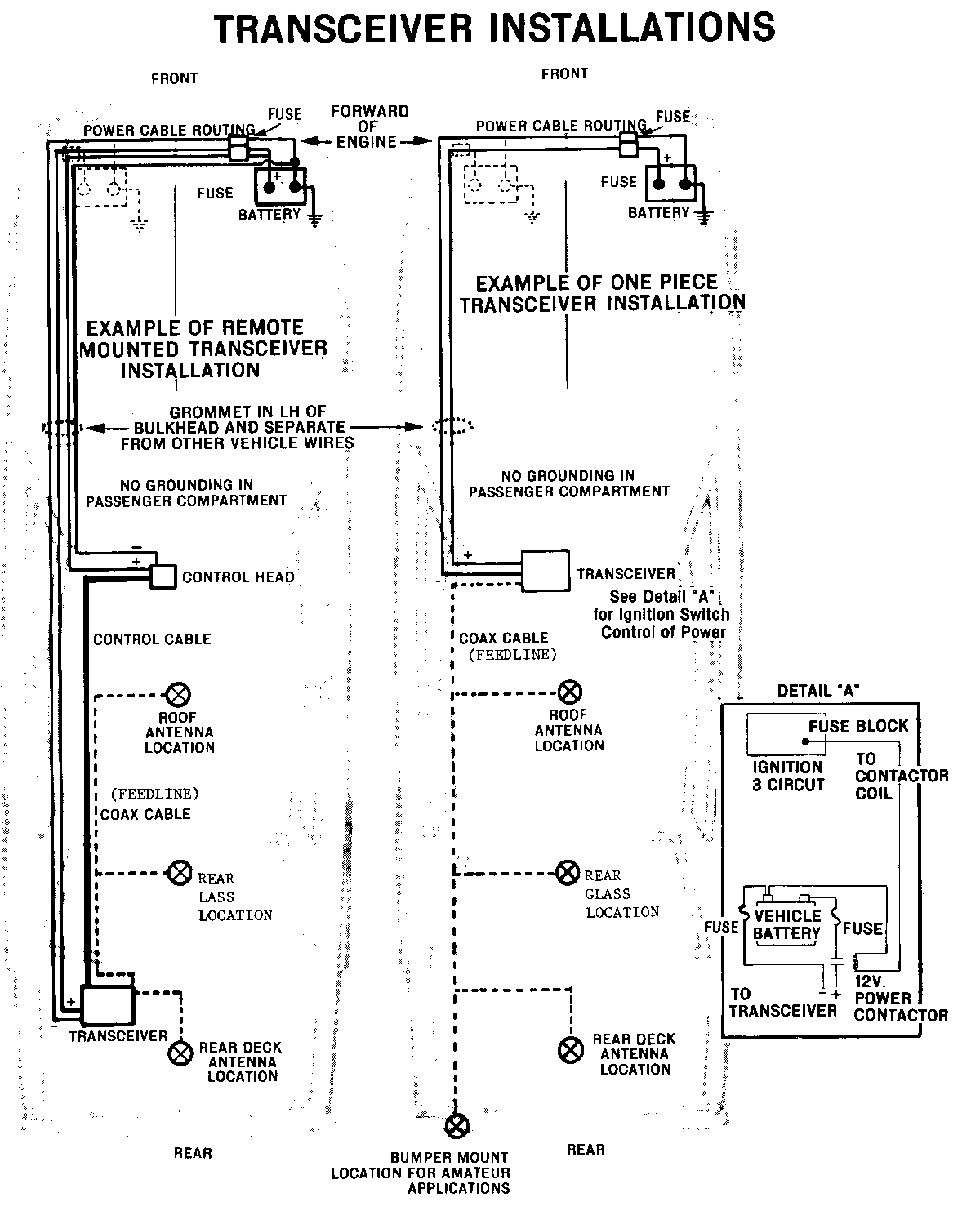
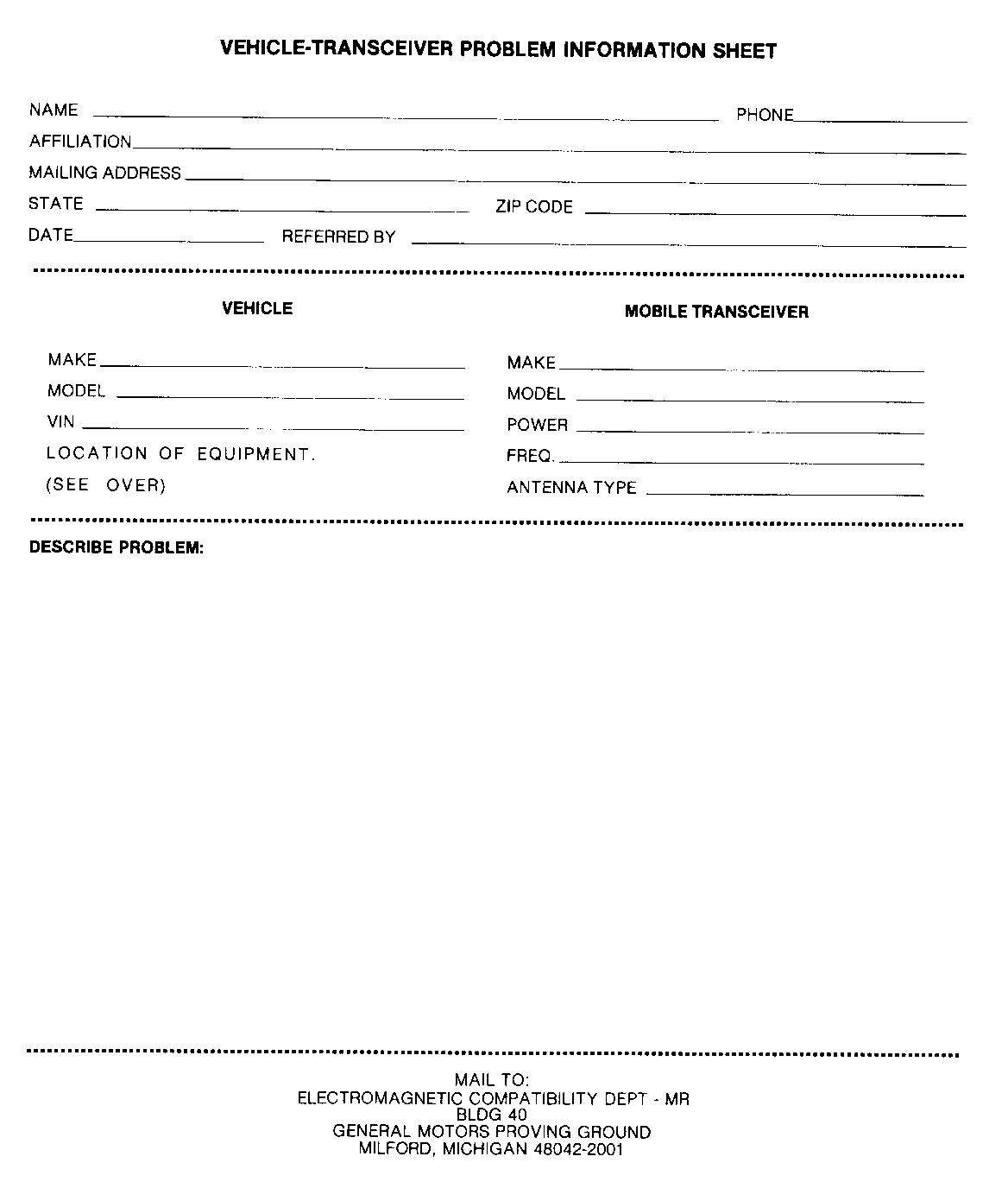
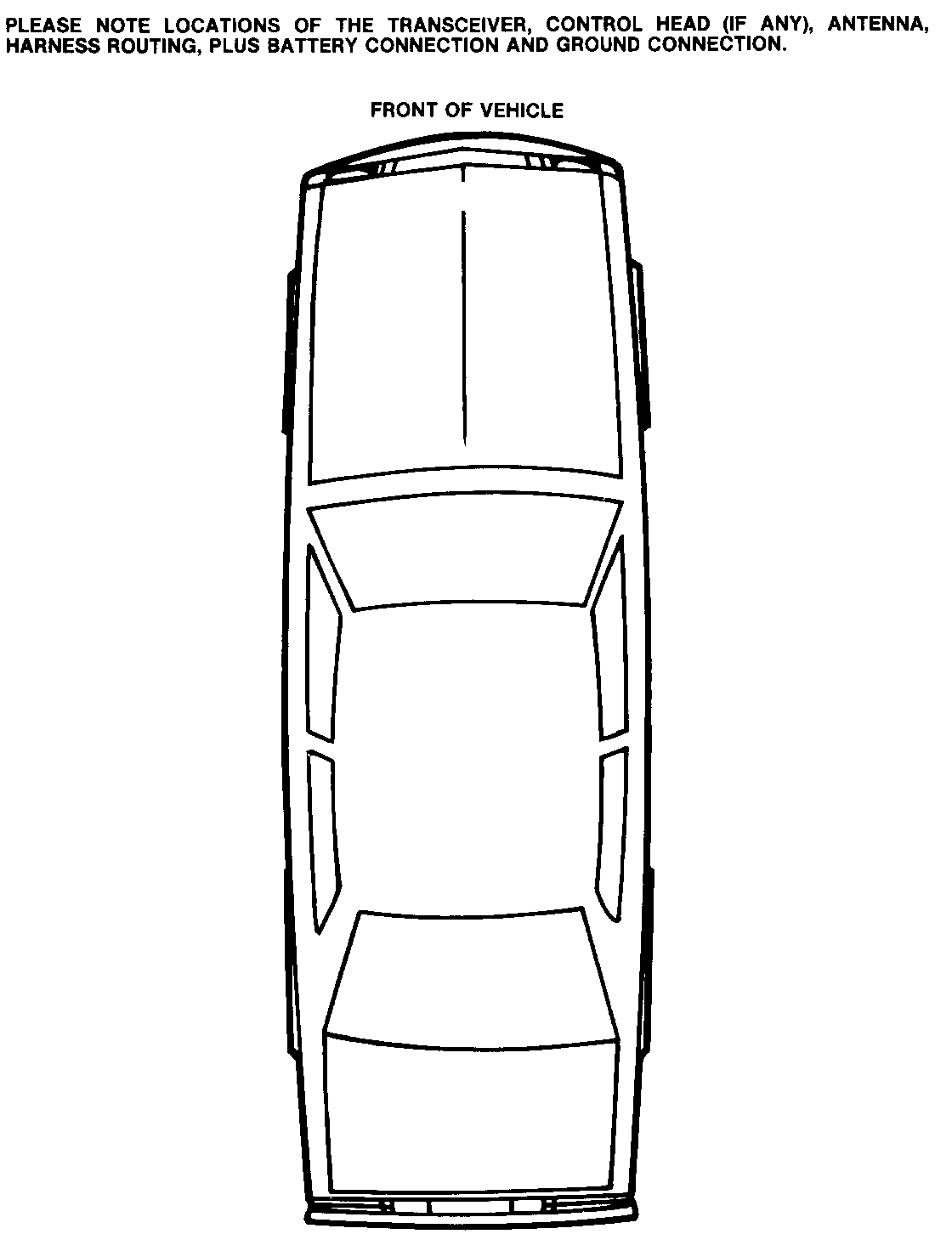
General Motors bulletins are intended for use by professional technicians, not a "do-it-yourselfer". They are written to inform those technicians of conditions that may occur on some vehicles, or to provide information that could assist in the proper service of a vehicle. Properly trained technicians have the equipment, tools, safety instructions and know-how to do a job properly and safely. If a condition is described, do not assume that the bulletin applies to your vehicle, or that your vehicle will have that condition. See a General Motors dealer servicing your brand of General Motors vehicle for information on whether your vehicle may benefit from the information.
